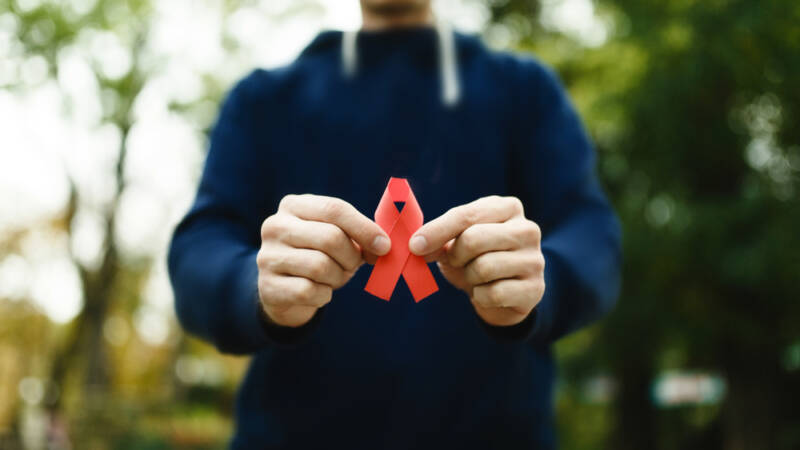Do You Know These Early Signs of HIV?

Human immunodeficiency virus (HIV) is a virus that destroys a person’s immune system over time and without treatment. According to the World Health Organization, about 38 million people around the world are infected with HIV, but it’s estimated that many more people are living with the infection unknowingly.
About one in seven people who are HIV-positive aren’t aware that they have the virus, often because the early signs and symptoms are easy to miss. Taking the time to educate yourself about HIV, particularly if you’re part of a higher-risk group, can ensure that you can receive treatment early on, significantly slowing its progression.
Early Symptoms
Symptoms don’t appear until two to six weeks after contracting the virus, which is why many people don’t realize they’ve been infected. Common transmission modes include unprotected sex, intravenous drug use, and blood. Pregnant women can also transmit it to their babies during gestation, childbirth, or breastfeeding.
Doctors measure HIV in stages and each stage has associated symptoms (or lack there of). During the earliest stage, called acute HIV infection, the virus can be found in the blood in high levels, making it extremely contagious.
After infection, the body starts trying to fight the virus, causing flu-like symptoms that generally last about two weeks. These symptoms may include:
- Fever
- Headaches
- Swelling in the lymph nodes
- Chills
- Night sweats
- Fatigue
- Muscle aches
- Sore throat
- Non-pruritic rash (especially around your torso)
Eventually these symptoms disappear, often tricking people into thinking that they’ve beat whatever illness they had. Unfortunately, this actually indicates that the HIV has progressed to the next stage.
How HIV Progresses
After the acute HIV infection stage, the virus goes into the second stage, called clinical latency. At this point, the virus multiplies more slowly, though it’s still attacking the immune system. In this stage, also called chronic HIV infection, the virus is contagious but doesn’t result in symptoms. This stage can last ten years or longer.
In the third and final stage – Acquired Immunodeficiency Syndrome (AIDS) – the body can’t fight infection properly, making it fatal without treatment. The survival rate at this point is three years, if untreated. AIDS patients experience more severe symptoms, including:
- Opportunistic infections, like yeast and fungal infections
- Chronic fatigue
- Shortness of breath
- Long-lasting fevers (often ten or more days)
- Chronic diarrhea
- Sudden weight loss
- Night sweats
- Purpura or purple spots on the skin
- Unexplained bruising and bleeding
- Swollen lymph nodes, commonly in the neck and groin
Getting Tested
Many of the complications of HIV can be avoided if the virus is detected in the early stages. Regular testing is recommended if you are or have previously been part of a high-risk group such as those who inject drugs or have sexual intercourse without condoms. The CDC recommends that every person is tested at least once in their lifetime, regardless of risk factors.
The basic HIV test is quite similar to other blood tests. A sample of your blood is drawn from your vein and tested for antibodies. Other popular testing methods include finger pricking and swabbing of your inner cheeks.
Treating HIV
Patients can live a long and full life if a diagnoses can be made early on. Although there’s no cure for HIV, the virus can be managed with Antiretroviral Therapy (ART), which uses antiretroviral drugs to reduce the viral load in the blood. Frequent health check ups help keep on top of the virus’ progression.
ART “cocktails” are extremely common, using a mixture of daily medications to lower the chance of the virus becoming resistant to any one single drug. A doctor can determine and prescribe the most appropriate ARTs for a patient’s stage and situation, adjusting treatment as a patient’s T-cell count changes over time.
Many people also incorporate alternative medicine and physical therapies for symptom relief. Examples include
- Homeopathic medicine – Uses natural substances, such as herbs and vitamins
- Naturopathic medicine – Target the body’s natural healing ability to improve health
- Yoga and meditation – Promote healing by focusing on the body and mind
- Acupuncture – Chinese medicine that aims to promote healing of the body
It’s very important to note that alternative medicine isn’t regulated, highly researched, or held to government standards, so you should speak with your doctor if you plan to pursue any of them.